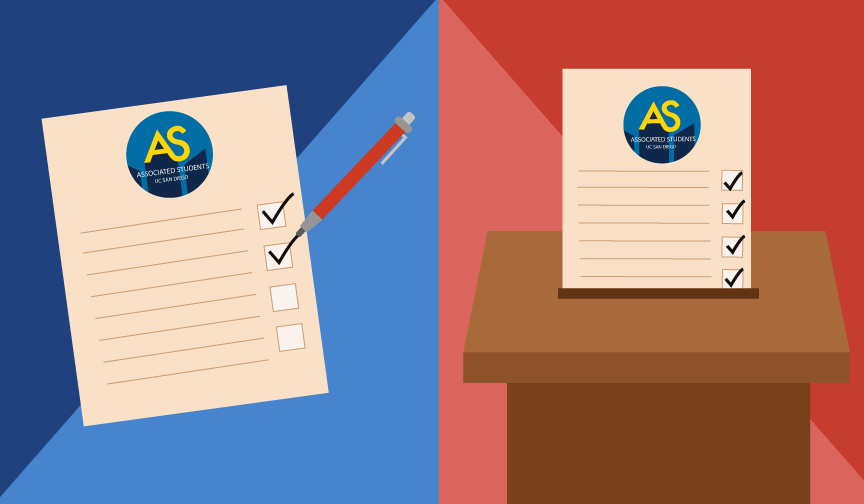When UC President Mark G. Yudof announced that all 10 campuses would ban smoking by 2014, it sounded like a drastic change. The decision has made headlines nationwide, was applauded by environmental blogs and even merited an editorial in the Los Angeles Times. But for the students who’ve been following campus policy changes for the past two years, Yudof’s big moment means exactly one big thing for UCSD smokers: Parking lots are no longer fair game.
As of the Jan. 9 mandate released in a letter to the 10 UC chancellors, the system is more committed to “healthcare and environmental concerns” than ever. Yudof is wisely leaving the nitty-gritty details of the new policy up to each school. While smoking is now banned in all areas, from the obvious (residence halls) to the former havens of the nicotine-addicted (said parking lots), the specific details of the ban radius and punishment will be decided on an individual level. Since all campuses already ban smoking within 20 to 30 feet of buildings, this mostly means that lighting up in outdoor areas is no longer permitted. For UC San Francisco, which already bans smoking, and the Hillcrest UCSD Health Sciences campus, which banned smoking on a trial run last year — this means nothing.
For the rest of us, living and studying at a school which alternately is one of the biggest campuses and also has one of the most stringent existing no-smoking policies, this means that 50 or so designated “smoking areas” and the people who used them are out of luck. Everyone else will likely keep calm and continue surreptitiously smoking in Warren Field. We simply lack the resources to properly patrol this soon-to-be infraction and, with burgeoning class sizes, cancellations and underpaid professors, redirecting any money away from academics to target students is absurd.
Unless the committee creating UCSD’s policy comes up with truly draconian punishments for breaking the ban and finds the money to fund those in charge of becoming smoking vigilantes, the new policy is unlikely to be effective on a campus that spans 59 acres — and maybe that’s not necessarily a bad thing. Yudof’s plan smacks of paternalism. While he cites the nearly 600 other universities that have adopted this ban and the need to remain leaders in environmental practices, his staff, including Chief Risk Officer Grace Crickette, plainly said that it was about “helping people live healthier.”
Obviously, the dangers of cigarettes are well-documented. Unlike most drugs, cigarettes harm others via secondhand smoke, which makes smoking policies a societal concern that affects non-smokers. But also, unlike most, drugs cigarettes are legal, and Yudof’s new plan has the university playing mommy and daddy to a captive audience. There’s a difference between an office smoking ban and a ban at a place where nearly 8,000 people live.
Banning smoking in enclosed spaces is necessary, but banning smoking at RIMAC Field, where a single smoker is unlikely to create enough secondhand smoke to harm anyone is inconvenient — which may be part of Yudof’s goal to use the policy as a deterrent. In the meanwhile, many who live on campus are older adults, not 18-year-old freshmen, and it’s absurd to expect them to leave their homes to escape the radius.
It’s touching that the UC system is concerned about our health, but the university should, if at all possible, retain designated smoking areas in the interest of “inclusion” and to serve the needs of all members of the campus community.







